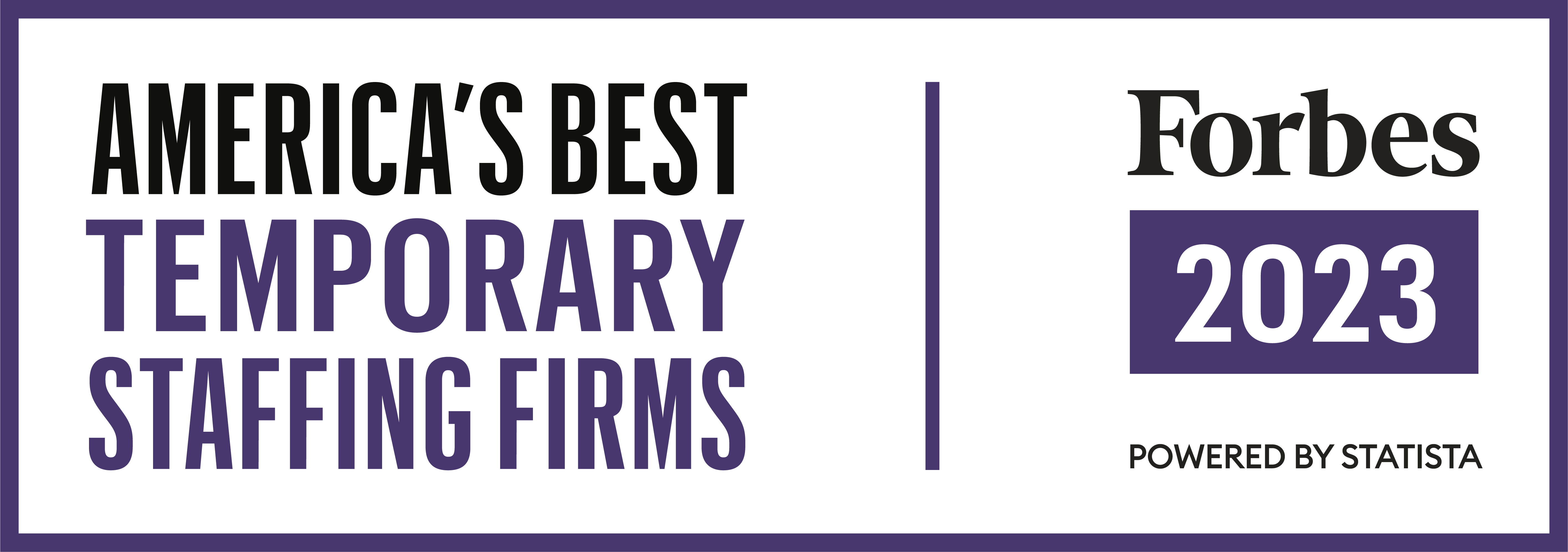Almost all businesses experience seasonal peaks and lulls so how can you plan your staffing? Perhaps you work in manufacturing, and have to gear up operations before the holidays in order to meet demand. Maybe you’re in the agricultural industry, and the spring and summer months are your busiest. In most companies, you’ll start to see a pattern after a while. At Penmac, we understand changing needs, and want to help businesses use them to their advantage. If you utilize on-demand seasonal staffing, there are a few things you could do to help ensure that you remain successful throughout the year.
Locate patterns.
On its surface, on-demand staffing seems like it’s just that—on-demand. And sometimes it is, but often, if you pay attention to your operations throughout the year, you’ll be able to see patterns. If you know that every April you have a big order to fill, you’ll know that you might need to increase your staff in February and March. If you don’t already, try tracking business fluctuations on a calendar; this will help you identify patterns. While you may still need on-demand staff, you won’t be caught by surprise.
Anticipate your needs.
While identifying patterns will help, do more than just observe. Keep records throughout the year. You may have hired 15 additional staff last spring, but assess as you go. Were 15 extra employees enough to complete the job? Too many? If you wait until next spring rolls around again, you might not remember the details about last year. Try to record what works and what doesn’t. This will help you estimate your needs for the following year.
Prepare your staff.
If you manage a business that has needs that fluctuate frequently, make sure you’re communicating openly with your team. Employees are less likely to experience burnout during busier times if they know in advance when the busier times will be, and when they can expect things to slow down. Educate your staff about your business. They’ll be more likely to volunteer to cover extra shifts, and may even help recruit temporary help during peaks.
Build goodwill.
It’s not always easy to find temporary workers, so make sure you work to build goodwill among your team. As you hire for seasonal peaks, make sure you have clear, accurate job descriptions, and that you compensate appropriately for the positions. During their time with your business, treat temporary staff as well as you would treat your permanent employees. Developing good relationships will go a long way, both in word-of-mouth recruiting in the future, as well as in encouraging seasonal staff to return each year to work.
Find a partner.
Staffing agencies are experienced at finding good help fast. Work with someone who understands your business well, so you don’t have to spend valuable time explaining your specific needs each time you need extra help. Having a solid, consistent relationship with a staffing partner will help your business respond quickly to changing needs. To learn more about Penmac’s staffing services, call your local office.




